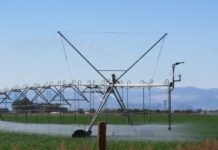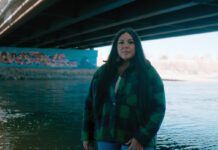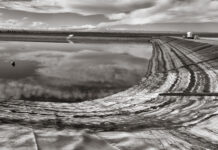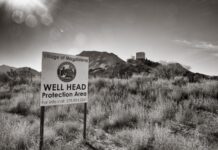Bill providing millions in relief to Republican, Rio Grande river basins clears first hurdle
Colorado lawmakers have approved a bill to help regions comply with obligations to deliver water to Kansas, Nebraska, Texas and New Mexico.
Kremmling rancher picked to replace Schwartz on state water board
Gov. Polis has appointed Kremmling rancher Paul Bruchez to replace former state Sen. Gail Schwartz on the Colorado Water Conservation Board.
Photos: Laguna Grande Restoration Area, Mexico
This page features photos of the Laguna Grande Restoration Area in Baja California, Mexico.
The Laguna Grande Restoration Area is a 1,200-acre plot of land located on the Colorado River’s...
Photos: St. George, Utah and the Virgin River
This page features aerial and ground-based photos of St. George, Utah and the Virgin River outside of Hurricane, Utah.
St. George in a city in southwestern Utah on the Arizona...
Indigenous feminism flows through the fight for water rights on the Rio Grande
An intergenerational group of Pueblo women lead the way on water policy along the Middle Rio Grande Valley.
Photos: Salton Sea aerials, October 2018
This page features aerial imagery of the Salton Sea in Southern California.
The Salton Sea is a shallow, highly saline lake bordering southern California’s Imperial County. The lake was created...
Photos: San Pedro River, Arizona
This page features photos of the San Pedro River in southeast Arizona, a hotspot for biological diversity.
The San Pedro River originates about 10 miles below the international border, just...
Troubled waters
Confronted with the specter of a New Mexico parched by climate change, some have begun to push back against a water model that focuses primarily on putting as much water to use as possible.
When the well runs dry
Nobody knows how much water New Mexico has. Finding out is the best way to ensure survival against drought and climate change.
Survey results: How Washington County residents feel about the Lake Powell Pipeline
A majority of survey respondents said they support the project but don’t want to pay for it and would conserve more water in order to avoid it.












